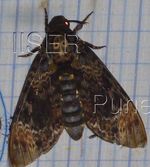 |
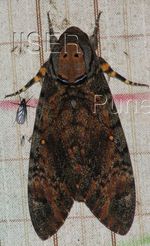 |
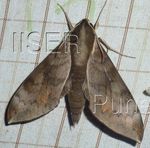 |
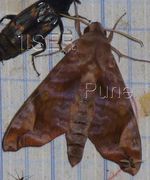 |
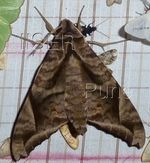 |
1. Acherontia lachesis
Notes
Images | 2. Acherontia styx
Notes
Images | 3. Acosmerycoides harterti
Notes
Images | 4. Acosmeryx anceus
Notes
Images | 5. Acosmeryx naga
Notes
Images |
|
|
|
|
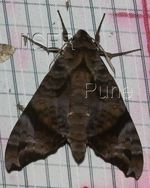 |
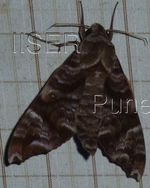 |
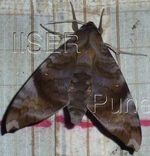 |
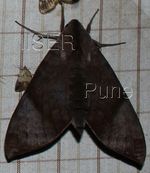 |
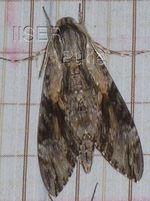 |
6. Acosmeryx omissa
Notes
Images | 7. Acosmeryx sericeus
Notes
Images | 8. Acosmeryx shervillii
Notes
Images | 9. Acosmeryx sinjaevi
Notes
Images | 10. Agrius convolvulii
Notes
Images |
|
|
|
|
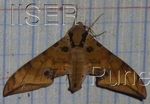 |
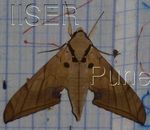 |
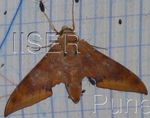 |
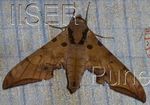 |
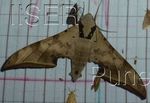 |
11. Ambulyx joiceyi
Notes
Images | 12. Ambulyx liturata
Notes
Images | 13. Ambulyx moorei
Notes
Images | 14. Ambulyx noid1
Notes
Images | 15. Ambulyx noid2
Notes
Images |
|
|
|
|
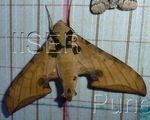 |
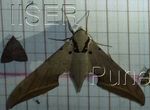 |
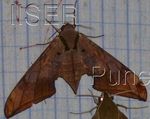 |
 |
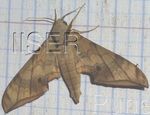 |
16. Ambulyx ochracea
Notes
Images | 17. Ambulyx placida
Notes
Images | 18. Ambulyx pryeri
Notes
Images | 19. Ambulyx sericeipennis
Notes
Images | 20. Ambulyx substrigilis
Notes
Images |
|
|
|
|
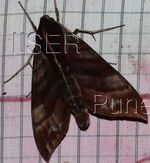 |
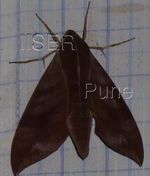 |
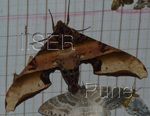 |
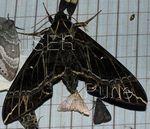 |
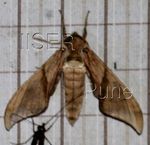 |
21. Ampelophaga khasiana
Notes
Images | 22. Ampelophaga rubiginosa
Notes
Images | 23. Amplypterus mansoni
Notes
Images | 24. Apocalypsis velox
Notes
Images | 25. Callambulyx noid
Notes
Images |
|
|
|
|
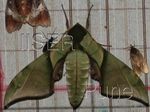 |
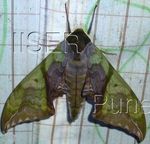 |
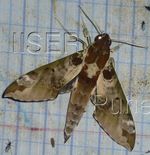 |
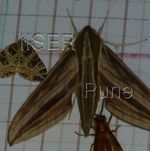 |
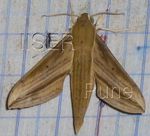 |
26. Callambulyx poecilus
Notes
Images | 27. Callambulyx rubricosa
Notes
Images | 28. Cechenena helops
Notes
Images | 29. Cechenena lineosa
Notes
Images | 30. Cechenena minor
Notes
Images |
|
|
|
|
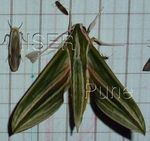 |
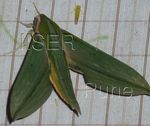 |
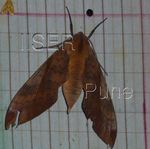 |
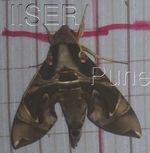 |
 |
31. Cechenena scotti
Notes
Images | 32. Cechenena subangustata
Notes
Images | 33. Clanis deucalion
Notes
Images | 34. Daphnis hypothous
Notes
Images | 35. Dolbina inexacta
Notes
Images |
|
|
|
|
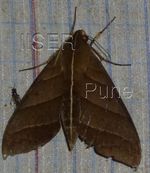 |
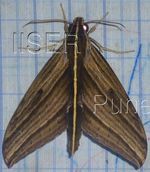 |
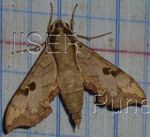 |
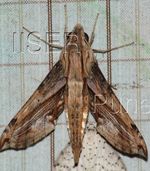 |
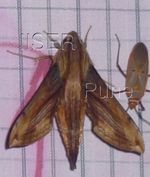 |
36. Elibia dolichoides
Notes
Images | 37. Elibia dolichus
Notes
Images | 38. Enpinanga assamensis
Notes
Images | 39. Eupanacra noid
Notes
Images | 40. Eupanacra perfecta
Notes
Images |
|
|
|
|
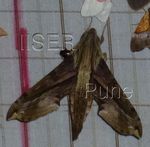 |
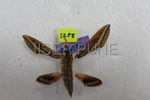 |
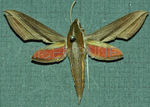 |
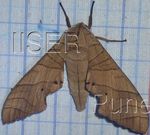 |
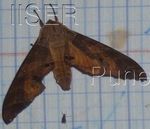 |
41. Eupanacra sinuata
Notes
Images | 42. Hippotion celerio
Notes
Images | 43. Hippotion rafflesii
Notes
Images | 44. Marumba dyras
Notes
Images | 45. Marumba spectabilis
Notes
Images |
|
|
|
|
 |
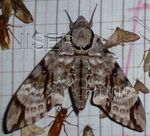 |
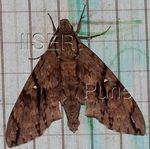 |
 |
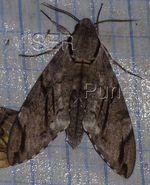 |
46. Megacorma obliqua
Notes
Images | 47. Meganoton analis
Notes
Images | 48. Meganoton rubescens
Notes
Images | 49. Nephele hespera
Notes
Images | 50. Psilogramma increta
Notes
Images |
|
|
|
|
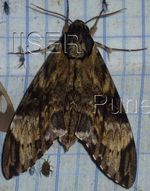 |
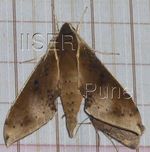 |
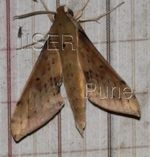 |
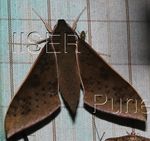 |
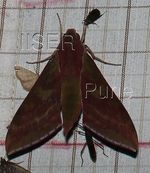 |
51. Psilogramma menephron
Notes
Images | 52. Rhagastis albomarginatus
Notes
Images | 53. Rhagastis castor
Notes
Images | 54. Rhagastis confusa
Notes
Images | 55. Rhagastis gloriosa
Notes
Images |
|
|
|
|
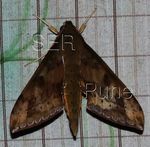 |
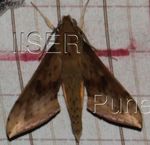 |
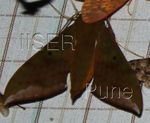 |
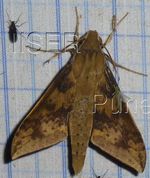 |
 |
56. Rhagastis lunata
Notes
Images | 57. Rhagastis noid
Notes
Images | 58. Rhagastis olivacea
Notes
Images | 59. Rhagastis velata
Notes
Images | 60. Rhodoprasina callantha
Notes
Images |
|
|
|
|
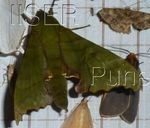 |
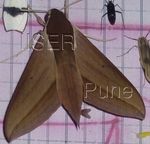 |
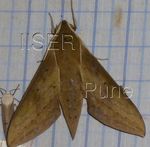 |
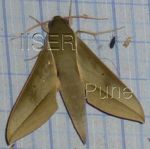 |
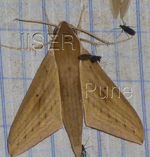 |
61. Rhodoprasina floralis
Notes
Images | 62. Theretra alecto
Notes
Images | 63. Theretra boisduvalii
Notes
Images | 64. Theretra clotho
Notes
Images | 65. Theretra latreillii
Notes
Images |
|
|
|
|
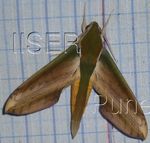 |
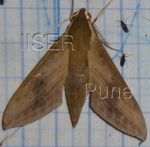 |
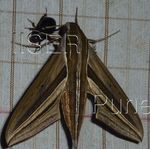 |
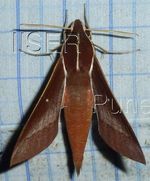 |
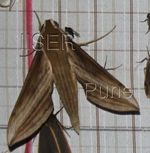 |
66. Theretra nessus
Notes
Images | 67. Theretra noid
Notes
Images | 68. Theretra oldenlandiae
Notes
Images | 69. Theretra pallicosta
Notes
Images | 70. Theretra rhesus
Notes
Images |
|
|
|
|
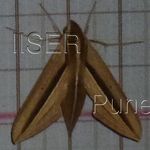 |
|
|
|
|
71. Theretra silhetensis
Notes
Images | |
|
|
|







































































